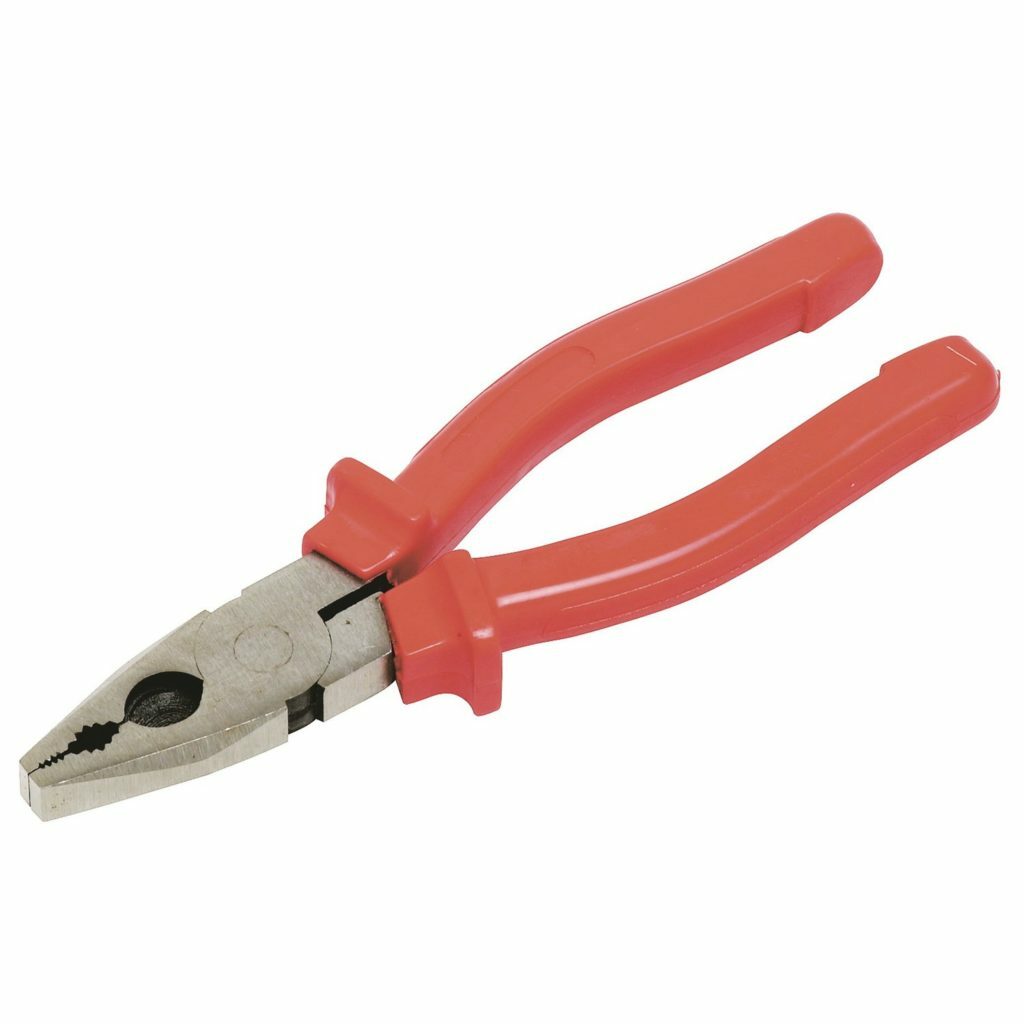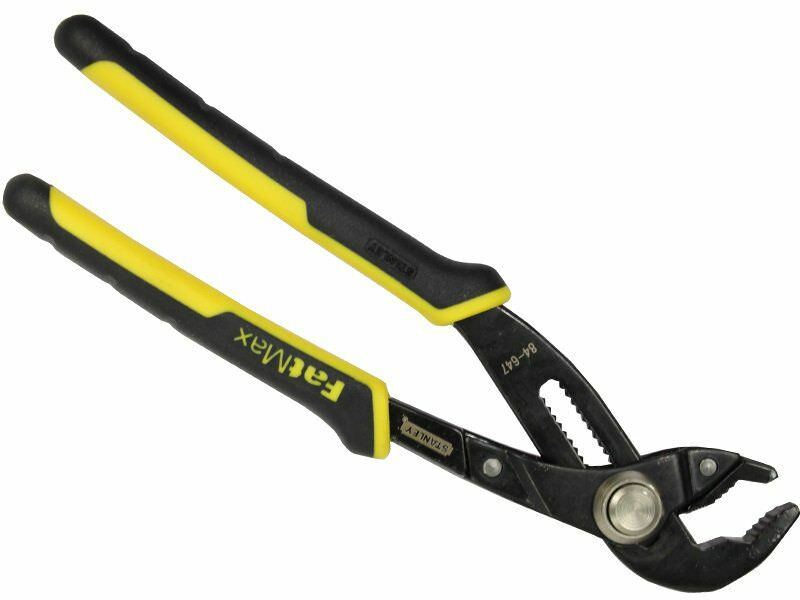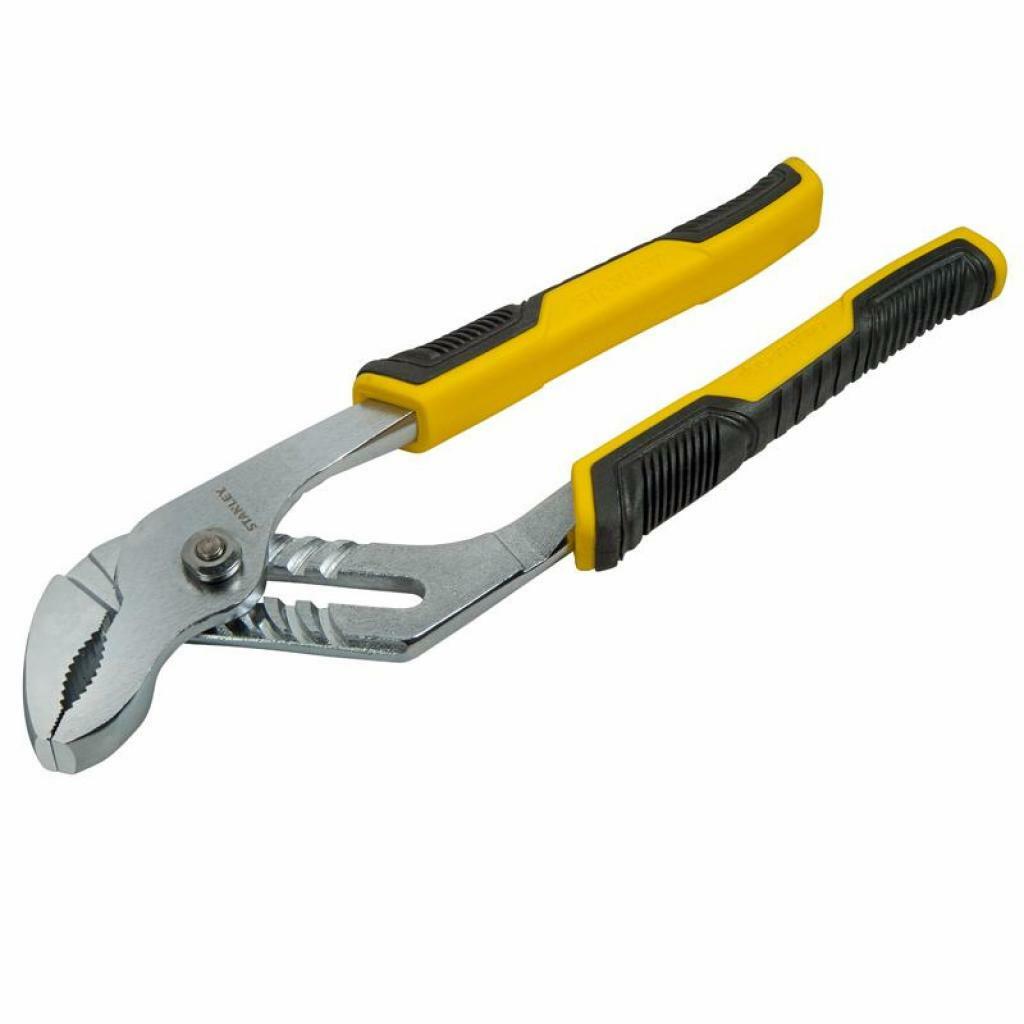Ever since people learned how to work metal, the question constantly arose before all blacksmiths - how to harden the blade. Most craftsmen guessed that for this, the heated steel should be immediately cooled. There are legends that the masters from Damascus tempered their blades in mountain gorges, where they were cooled by strong winds. The blacksmiths believed that the weapon would become more resilient, gain hardness and would not break if the force of the wind entered it.
@ metall.trubygid.ru
The content of the article
-
Knife hardening methods
- In the cell
- On an open fire
- Making a hardening furnace
- The procedure for hardening a knife in a furnace
- How to temper a knife without a furnace
- Cooling the knife
- Quenching quality assessment
Knife hardening methods
There are not so many options for such processing. In principle, there are only two varieties. Steel can be hardened using an open fire or in a furnace. However, with all diligence, the fire will not be able to produce a flame temperature higher than nine hundred degrees. And this is where you need a stove. It is quite possible to fold it even with your own hands. And although this procedure is not entirely simple, it is enough to master it just once and the structure will properly serve for a long time. And for novice craftsmen, such a stove is a must-have item.
In the cell
Procedure:
- Raise the temperature inside the oven to the required value. Each case is unique, but in ours you need to reach the 1070 degree mark. After that, the blade can be sent to the furnace.
- It should be heated again to 1070 degrees and the time recorded. It's pretty simple. We sustain one hundred seconds for each millimeter of thickness.
- We remove the blade into the air and let it cool. Better to put him under a small press for fifteen minutes.
- Now the metal should be tempered. To do this, put it in the oven, the temperature of which should be 200 degrees.
@ obrabotkametalla.info
If all the technology is followed exactly, we get a hardness of 56 HRC.
It should be borne in mind that the example considers the option when the liquid did not participate in quenching. That is, the object did not sink into it. Each steel requires special conditions for itself. The end result directly depends on the technology of the hardening process.
On an open fire
Our ancestors used this method to process metal even in the distant past. Without measuring instruments, it takes a lot of care and patience to get the right hardening. The only thing that will help is a magnet. During heating, the metal gradually reaches a certain state, which in science is called the Curie point. At this temperature, the metal is not attracted to the magnet.
You can also focus on the color of the workpiece. The right moment comes when the metal takes on a dark red hue. Blue and black spots should be avoided. All this indicates that overheating has occurred. The blade sinks into the coals as soon as the flames emanating from them acquire a crimson color.
Making a hardening furnace
The construction of such a structure is a very serious matter. After all, it is not being built for a one-time use. How to lay out the tempering furnace? Let's try to figure it out in more detail:
- First of all, you need to correctly make the base of the camera. The neck is molded from cardboard, which is coated on the outside with a thick layer of refractory clay. Before applying it, the cardboard is covered with paraffin.
- As soon as the form is ready, it is left to dry for a day. After drying, it must be sent to the oven, which heats up to one hundred and ten degrees. And only then it will be possible to remove the cardboard base.
- The next stage involves firing the entire structure at the stake. The temperature should be nine hundred degrees. It is necessary that the fire burns out completely, and the future stove cools itself.
- When the workpiece has cooled, it will already have the properties of a stone. The former clay will become as hard as a brick. Now you can attach doors that should open horizontally.
- It's time to wrap the entire oven with nichrome wire. The diameter of its section should be approximately equal to 0.75 mm. It takes eighteen meters to cover the entire structure. The wound wire is covered with wet clay. In this way, we prevent short circuits from occurring. The building body must have two holes. One will house a thermocouple for temperature control. And through the second, we will visually monitor what is happening.
@ stankidarom.ru
Now we can say for sure that the production of the structure has been completed.
The procedure for hardening a knife in a furnace
For the correct processing of the blade, you should know exactly what is included in the composition of the alloy from which it is created:
- if there is a very low amount of carbon in it, then it is quenched at temperatures from 750-950 ° С;
- an alloy with a high carbon composition requires 680–850 ° С;
- if an alloying metal with additional impurities is quenched, then it should be heated to 850–1150 ° С.
The hardening procedure is not very complicated. It will not be difficult even for a novice master to do this. A knife reforged from any obsolete tool is heated three times in an oven until it turns a bright red color. After another time the workpiece should be cooled, but this must be done correctly. Each time the dive increases.
The temperature of steel heating is determined in various ways. There are pyrometers in production for this. Well, at home, you can determine by color.
How to temper a knife without a furnace
You need to prepare:
- container with mineral oil;
- water tank;
- thoroughly red-hot coals;
- pliers on a long handle.
@ stankidarom.ru
As soon as it became noticeable that the metal had the required color and it no longer reacted to the magnet, the workpiece was dipped in oil. It's not worth keeping it there for a long time - three seconds are enough for the first time. This is repeated several times. Each immersion in oil should be kept a little longer. At the final stage, the blade is lowered into a container of water.
Cooling the knife
Hardened steel is cooled in two different ways. This can be done with water or oil. If a stainless alloy is quenched, then it is cooled in mineral oil, and low-alloy steel is immersed in water, to which table salt is added. Cooling is a very important step. If it is wrong to decide on its option, then all the work can go down the drain. It is undesirable to combine immersion in water and oil.
@ tytmaster.ru
How not to be mistaken with the technique? The main thing here is the purpose and method of heating:
- Steel blanks that are red-hot should be cooled with oil. Then they are reheated and dipped in oil again, for a longer time. Finally, cool them in water.
- If the blade has a blade on both sides, then there is already a different scheme. First, it must be immersed in water, and then cooled in a container with oil.
- To make the metal elastic to the maximum, the heated workpiece is immersed in boiling water for two hours, and only then cooled in cold.
Quenching quality assessment
At the end of the work, a homemade knife that has been reforged from an old saw or any other tool that has served its purpose should be checked for quality. For this, a file is taken and circular movements are made along the blade. If you managed to harden well, then it will slide with ease. But if the knife sticks to its surface and the edge bends, then this is a sign that the process went wrong. It clearly needs to be repeated.
@ tytmaster.ru
The quality is checked according to the following criteria:
- a well-hardened knife retains its sharpness for a long time;
- if the blade comes into contact with hard metals, then it does not deform;
- the blade remains strong, but at the same time has flexibility and ductility.
During cooling, the product is lowered into the liquid only vertically, while its back should point straight down. This will prevent thermal deformation.
If the fixture that is being quenched is forged from steel with a low carbon content, then it is undesirable to cool it in clean water. You need to pour some ordinary table salt into it.
Hardening a knife is a responsible procedure and requires some skill and attention. But if you follow all the nuances of the technological process, then the result will pay off. In any case, it is not the gods who burn the pots! After spending some time on acquiring a certain skill, you can confidently show your friends and acquaintances the results of your blacksmithing labors.
Subscribe to our Social Networks


